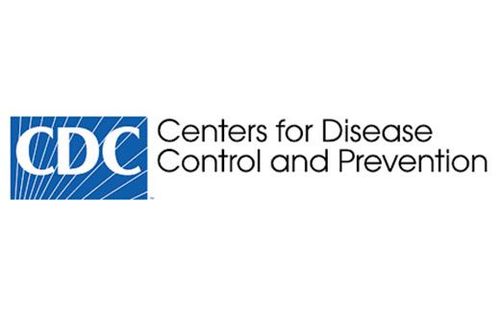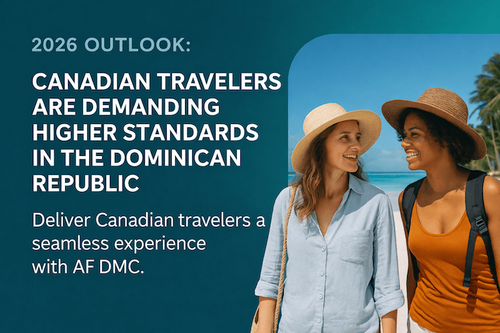Where travel agents earn, learn and save!
News / Latest CDC travel guidance for USA domestic
Travel in the US safe

June 15 - This page is about travel that is different from your everyday activities, away from your local community. For advice on how to safely meet basic household needs within your local community, see CDC’s webpage about running essential errands.
COVID-19 cases and deaths have been reported in all 50 states, and the situation is constantly changing. Because travel increases your chances of getting infected and spreading COVID-19, staying home is the best way to protect yourself and others from getting sick.
If you are thinking about traveling away from your local community, ask:
1. Is COVID-19 spreading where you’re going? You can get infected while traveling.-
Is COVID-19 spreading in your community?
Even if you don’t have symptoms, you can spread COVID-19 to others while traveling. -
Will you or those you are traveling with be within 6 feet of others during or after your trip?
Being within 6 feet of others increases your chances of getting infected and infecting others. -
Are you or those you are traveling with more likely to get very ill from COVID-19?
Older adults and people of any age who have a serious underlying medical condition are at higher risk for severe illness from COVID-19. -
Do you live with someone who is more likely to get very ill from COVID-19?
If you get infected while traveling you can spread COVID-19 to loved ones when you return, even if you don’t have symptoms. -
Does the state or local government where you live or at your destination require you to stay home for 14 days after traveling?
Some state and local governments may require people who have recently traveled to stay home for 14 days. -
If you get sick with COVID-19, will you have to miss work or school?
People with COVID-19 disease need to stay home until they are no longer considered infectious.
If You Travel
Protect yourself and others during your trip:• Clean your hands often
• Wash your hands with soap and water for at least 20 seconds, especially after you have been in a public place, after touching surfaces frequently touched by others, after blowing your nose, coughing, or sneezing, and before touching your face or eating
• If soap and water are not available, bring and use hand sanitizer that contains at least 60% alcohol. Cover all surfaces of your hands and rub your hands together until they feel dry
• Avoid touching your eyes, nose, or mouth
• Avoid close contact with others
• Keep 6 feet of physical distance from others
• Wear a cloth face covering in public
• Cover coughs and sneezes
• Pick up food at drive-throughs, curbside restaurant service, or stores
Considerations for Types of Travel
Travel increases your chances of getting and spreading COVID-19. We don’t know if one type of travel is safer than others; however, airports, bus stations, train stations, and rest stops are all places travelers can be exposed to the virus in the air and on surfaces. These are also places where it can be hard to social distance (keep 6 feet apart from other people).Consider the following risks for getting or spreading COVID-19, depending on how you travel:
Air travel
Air travel requires spending time in security lines and airport terminals, which can bring you in close contact with other people and frequently touched surfaces. Most viruses and other germs do not spread easily on flights because of how air circulates and is filtered on airplanes. However, social distancing is difficult on crowded flights, and you may have to sit near others (within 6 feet), sometimes for hours. This may increase your risk for exposure to the virus that causes COVID-19.
Bus or train travel
Traveling on buses and trains for any length of time can involve sitting or standing within 6 feet of others.
Car travel
Making stops along the way for gas, food, or bathroom breaks can put you and your traveling companions in close contact with other people and surfaces.
RV travel
You may have to stop less often for food or bathroom breaks, but RV travel typically means staying at RV parks overnight and getting gas and supplies at other public places. These stops may put you and those with you in the RV in close contact with others.
Anticipate Travel Needs
State and Local Travel Restrictions
Follow state and local travel restrictions. For up-to-date information and travel guidance, check the state or local health department where you are, along your route, and at your planned destination. While you are traveling, it is possible a state or local government may put into place travel restrictions, such as stay-at-home or shelter-in-place orders, mandated quarantines upon arrival, or even state border closures. Plan to keep checking for updates as you travel.
For more information, please visit cdc.gov
More Travel News:
Riviera Nayarit, the Mexican destination certified as safe by the WTTC
Bermuda Announces Plan to Reopen to Air Travellers Starting July 1
IATA: We’re ready – passengers can fly with confidence








